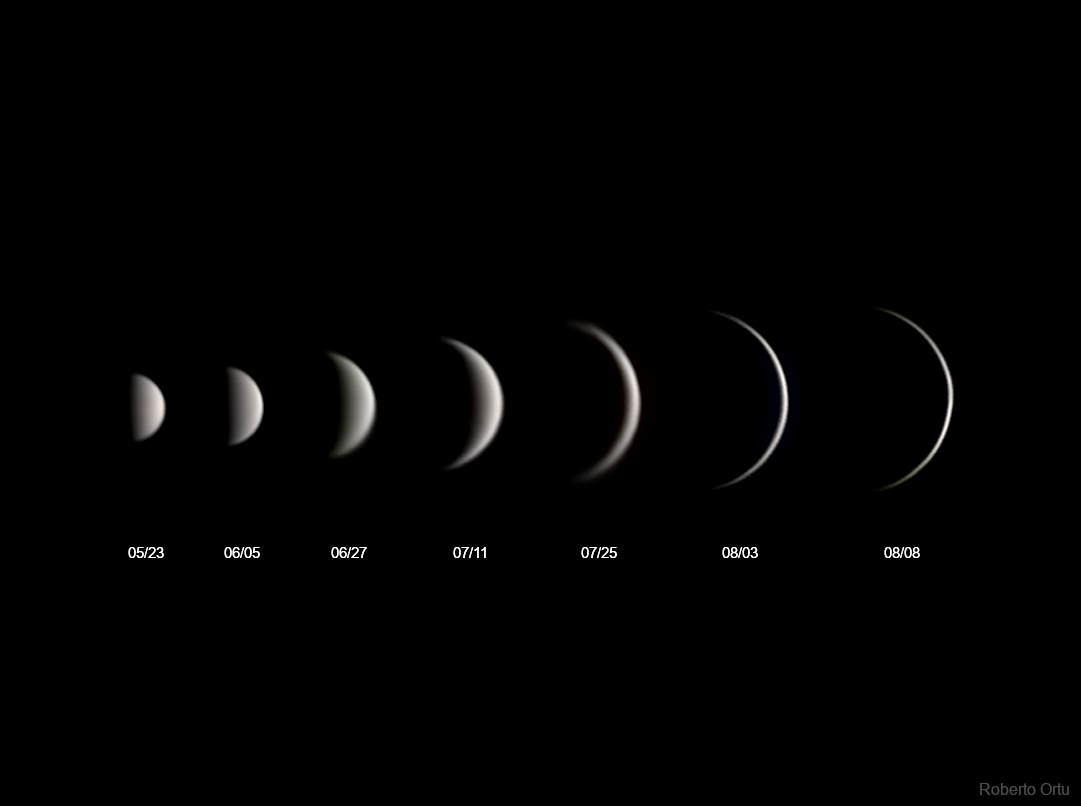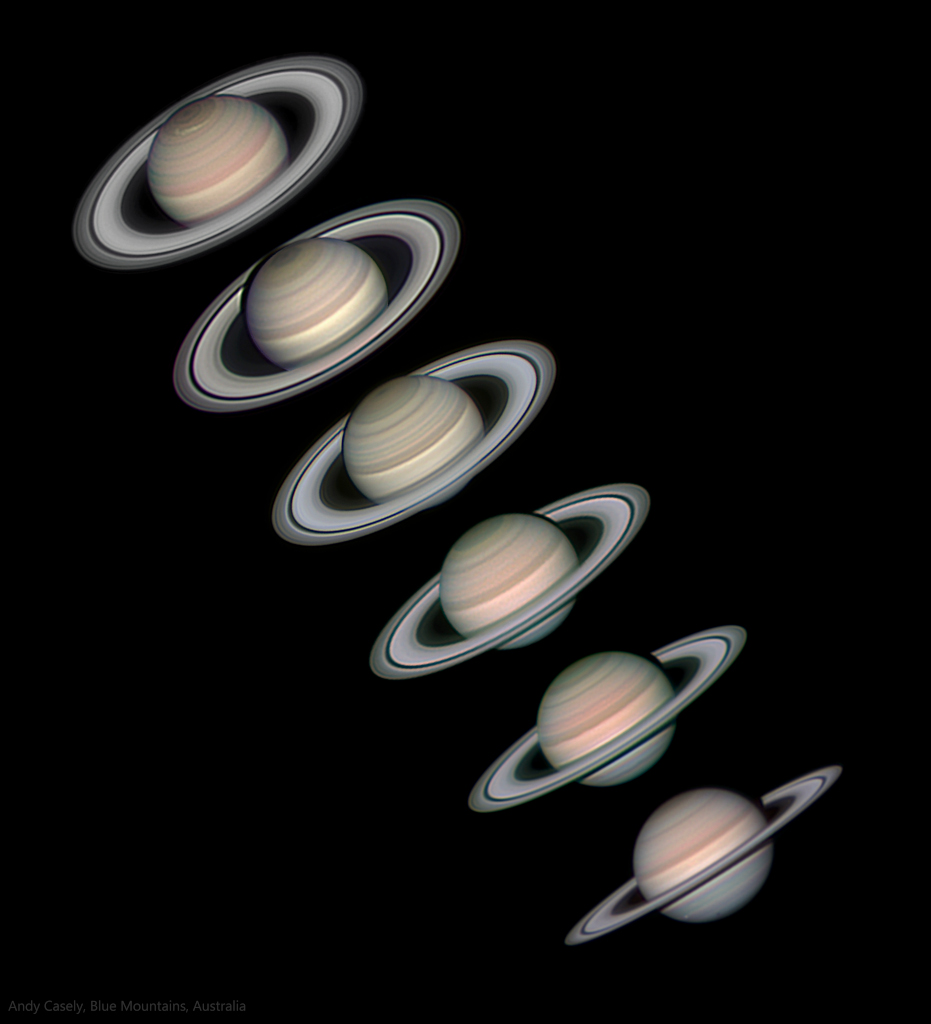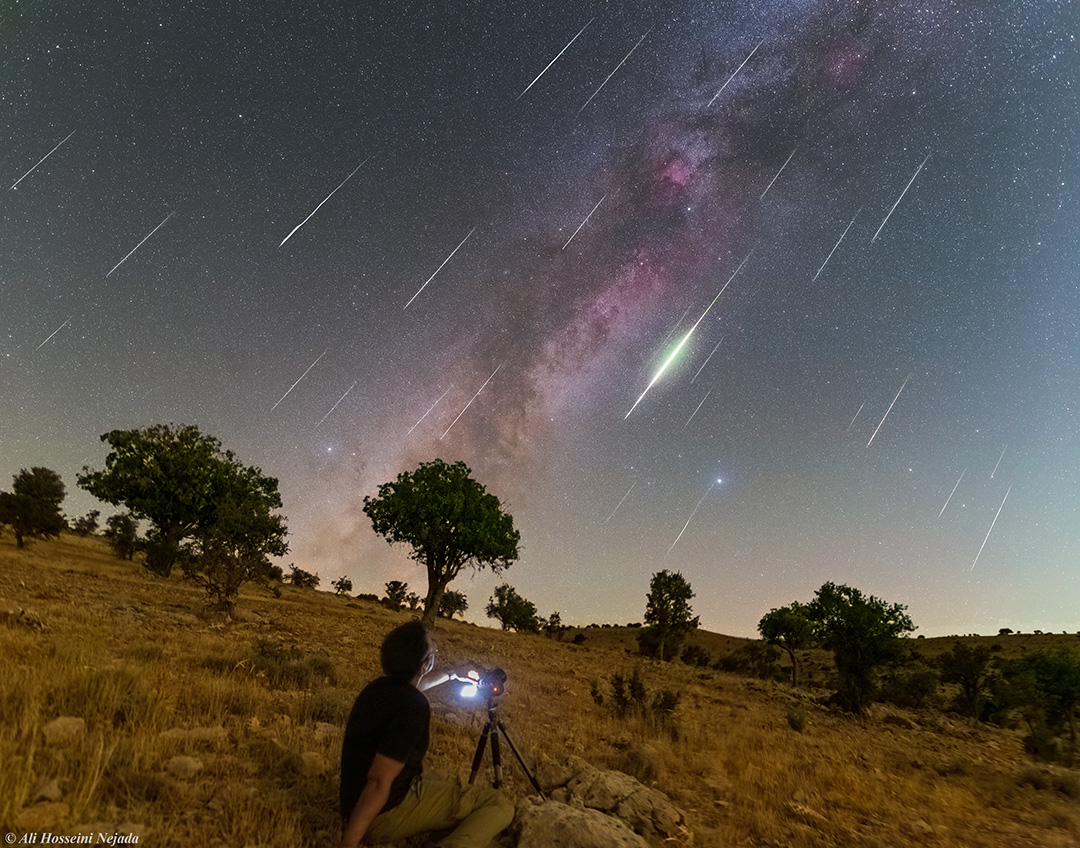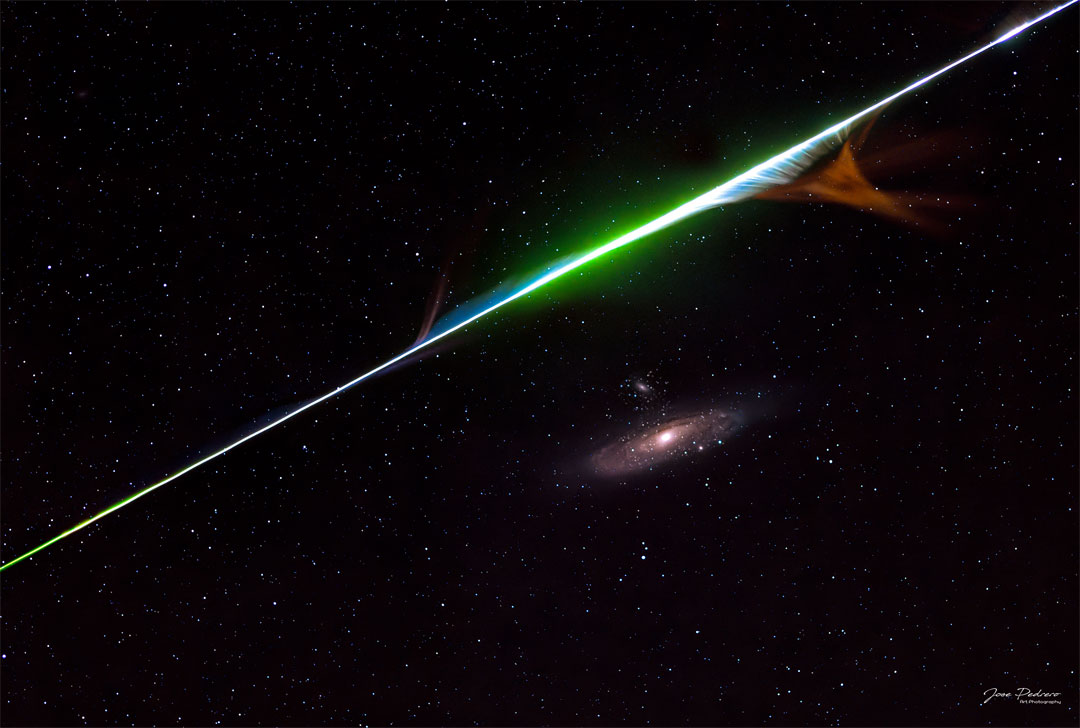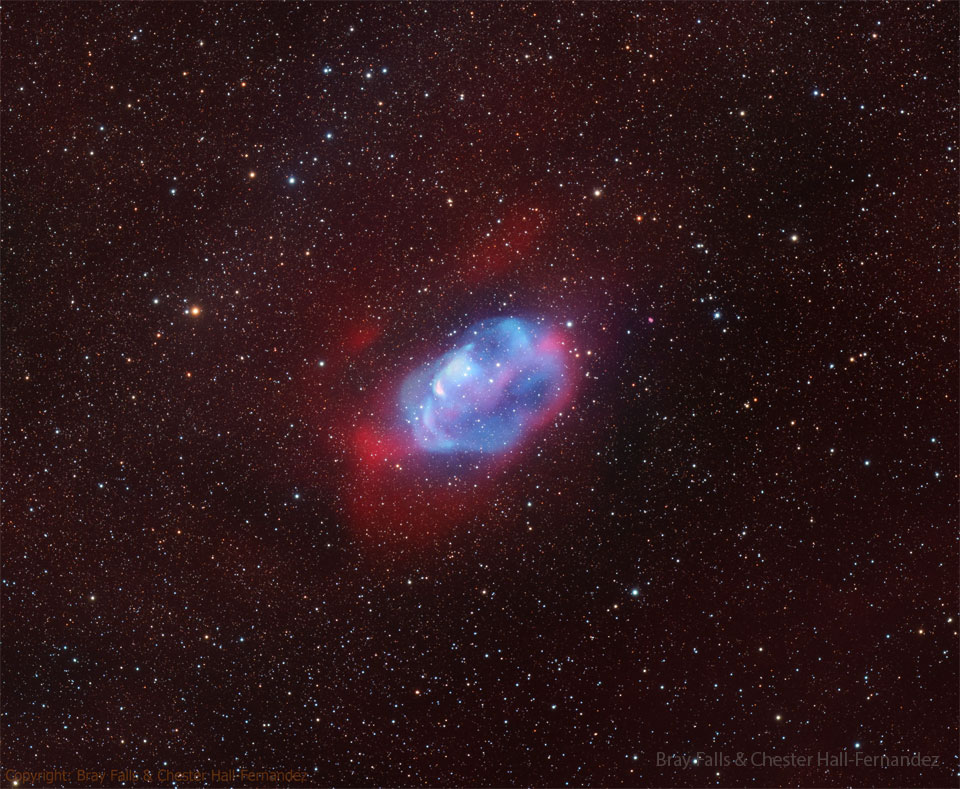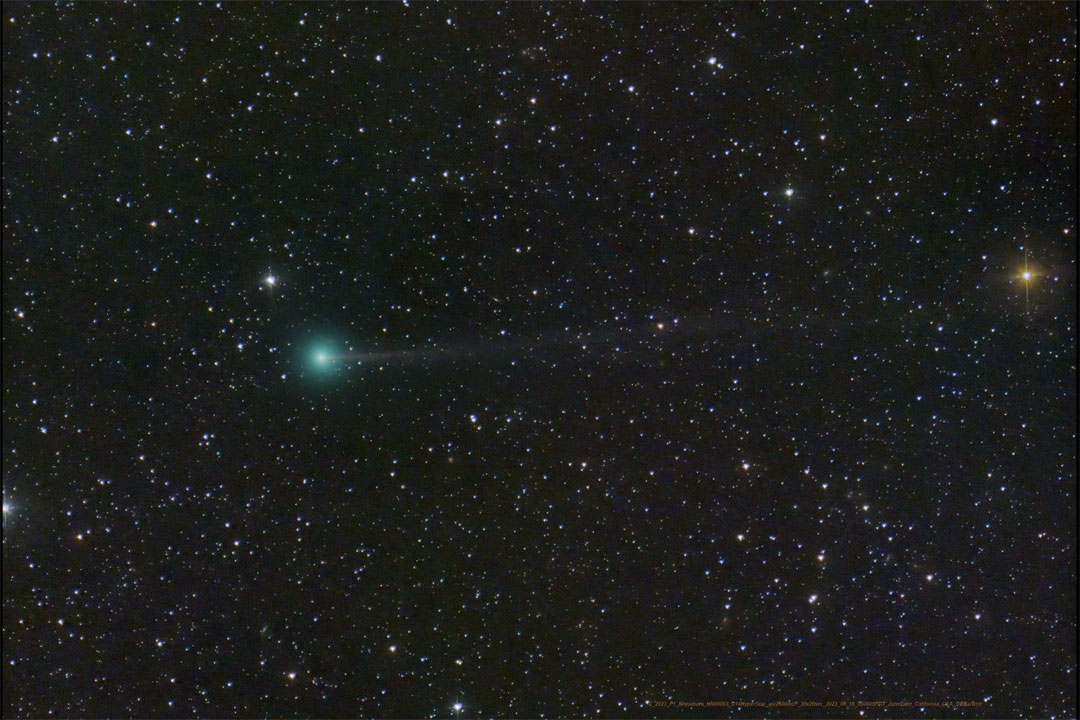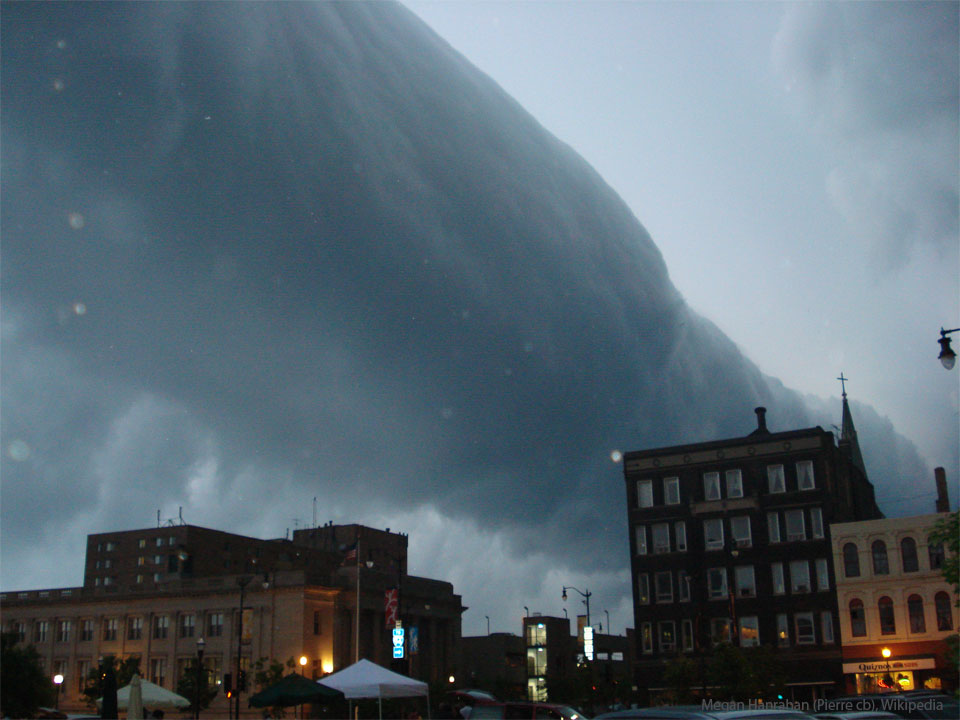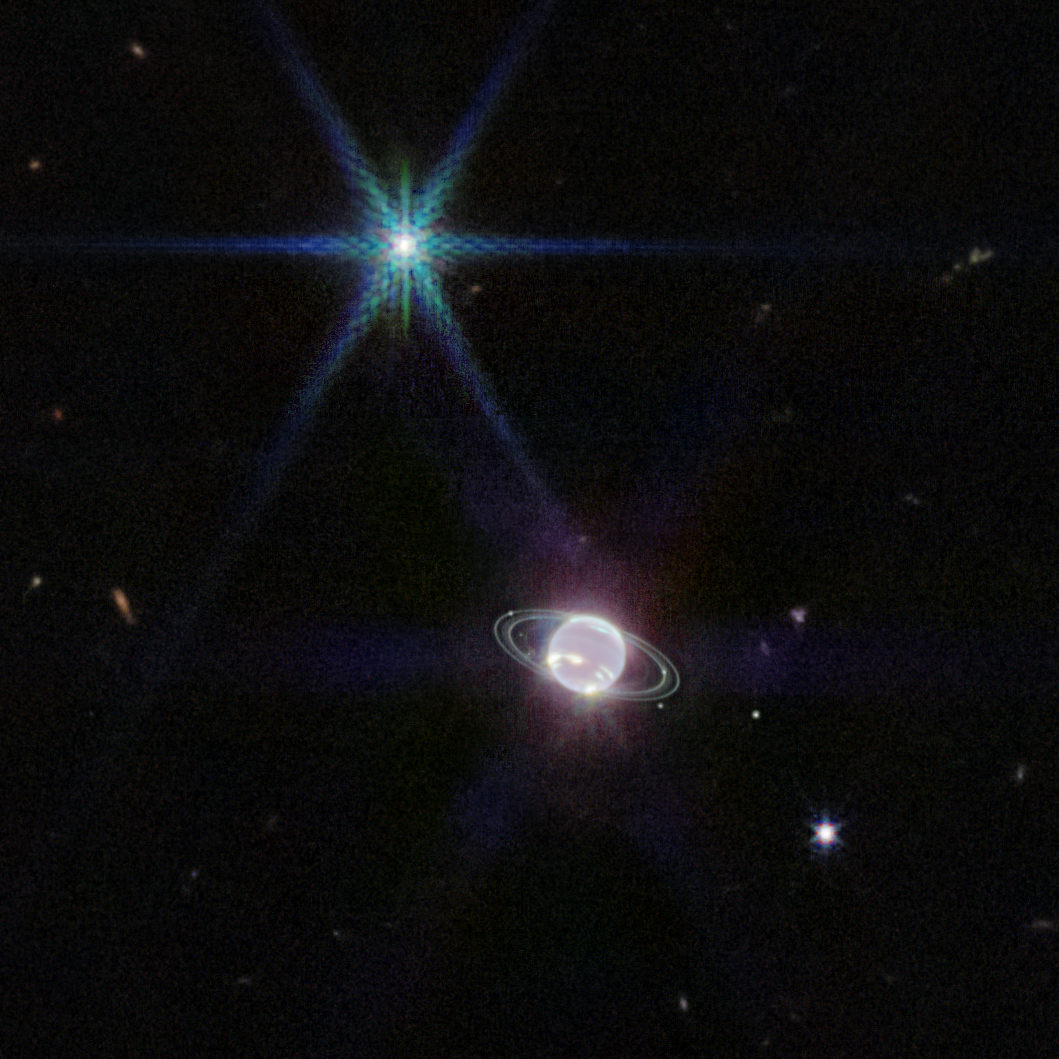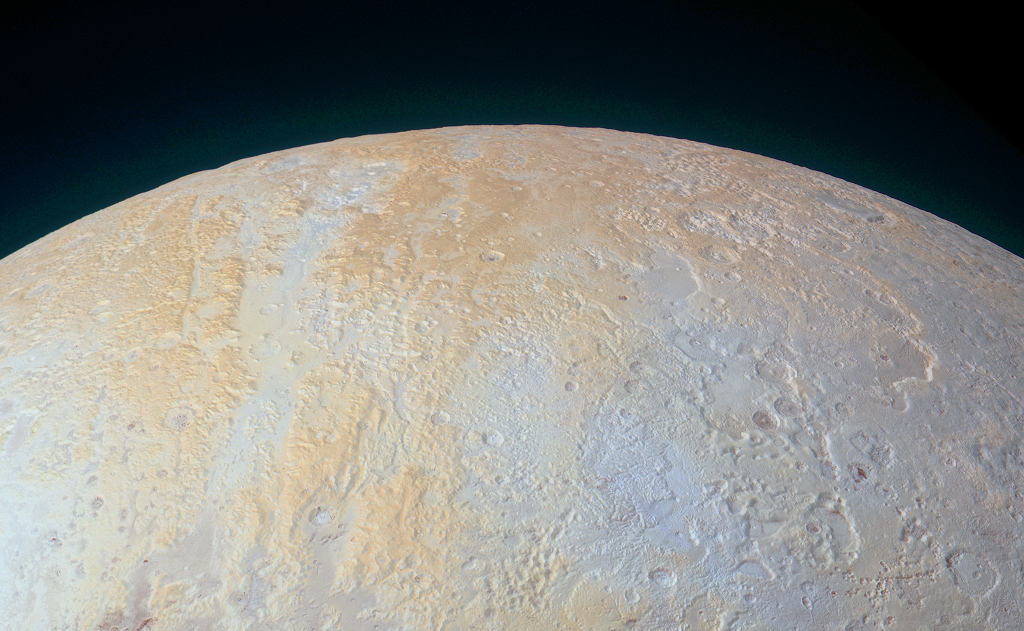안녕하세요, 잡학다식 입니다. 오늘은 과연 나사에서 어떤 방식으로 우주의 형상을 표현해 줄까요?
우선 이미지부터 볼 수 있도록 하겠습니다
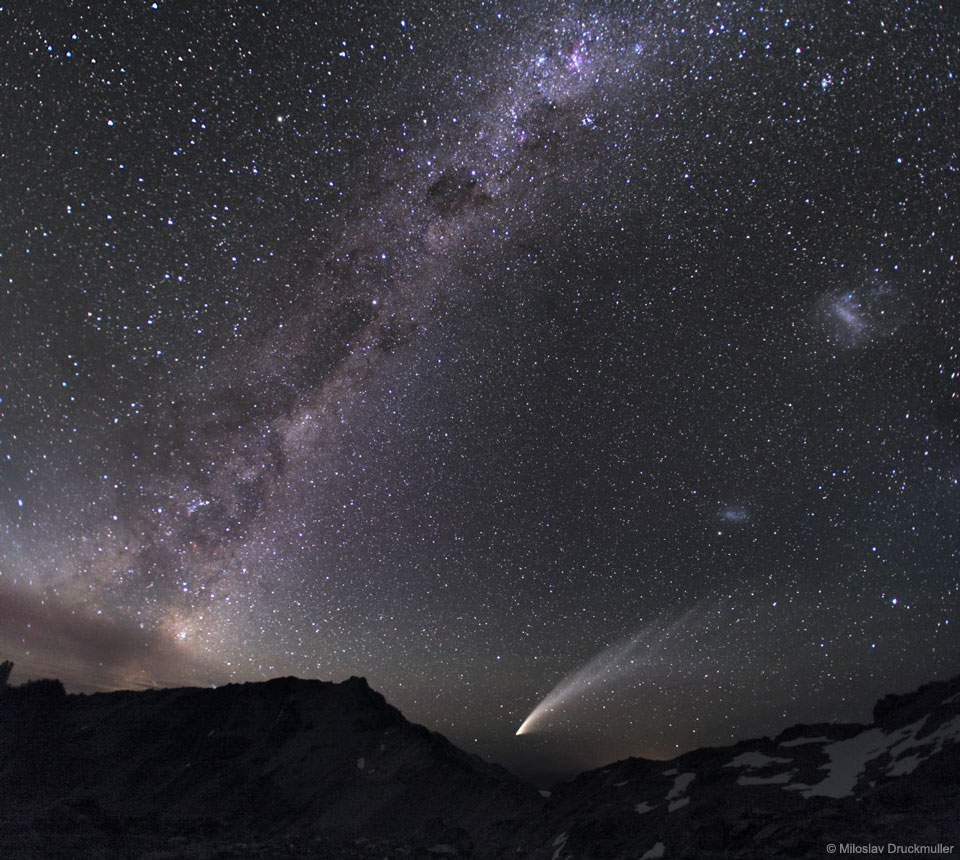
해당 사진의 이름은 Three Galaxies and a Comet 인데요 우선 NASA에서 공식적으로 발표한 설명들을 확인해 보겠습니다
Diffuse starlight and dark nebulae along the southern Milky Way arc over the horizon and sprawl diagonally through this gorgeous nightscape. The breath-taking mosaic spans a wide 100 degrees, with the rugged terrain of the Patagonia, Argentina region in the foreground. Along with the insider's view of our own galaxy, the image features our outside perspective on two irregular satellite galaxies - the Large and Small Magellanic Clouds. The scene also captures the broad tail and bright coma of Comet McNaught, the Great Comet of 2007.
이번에도 광활한 우주 앞에 인간이 얼마나 작은 존재인지 다시 한번 알게 되는것 같습니다
저는 내일도 더 좋은 사진과 함께 돌아오겠습니다, 그럼 행목한 하루 되시길 바랍니다
'과학상식' 카테고리의 다른 글
| NASA 나사의 오늘의 이미지들 (2023-08-29) (0) | 2023.08.30 |
|---|---|
| NASA 나사의 오늘의 이미지들 (2023-08-28) (0) | 2023.08.29 |
| NASA 나사의 오늘의 이미지들 (2023-08-26) (0) | 2023.08.27 |
| NASA 나사의 오늘의 이미지들 (2023-08-25) (0) | 2023.08.26 |
| NASA 나사의 오늘의 이미지들 (2023-08-24) (0) | 2023.08.25 |
